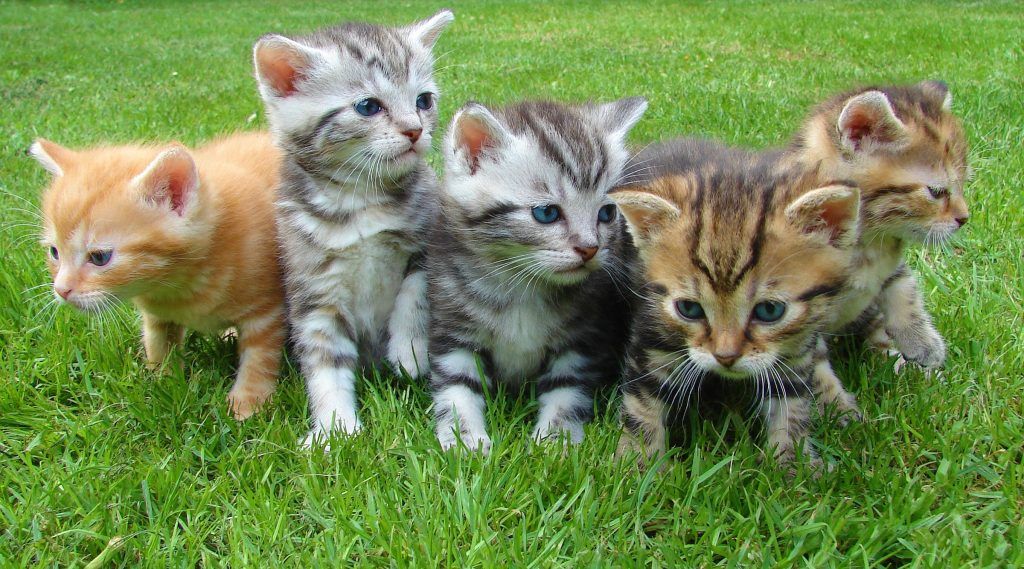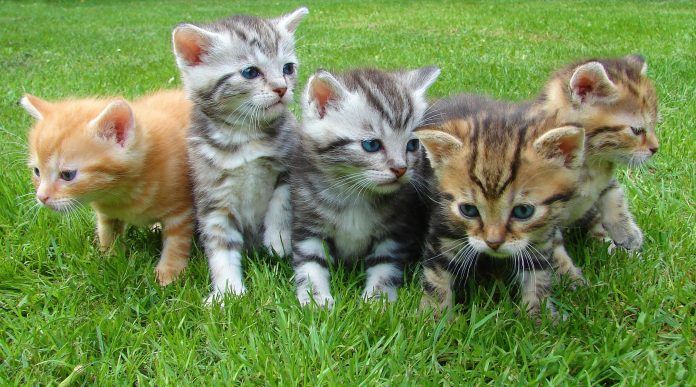Behind their demure facade, cats conceal a sensory world that intrigues humans. As our feline companions sample tastes beyond their usual bowl, it raises culinary questions. Can cats detect and enjoy spicy flavors? This article investigates the science of feline taste, documented responses to piquant foods, and responsible methods for sensory enrichment. While cats lack specific receptors for spiciness, their diverse palates promise delightful discoveries when introduced to new flavors with care.
Feline Taste Buds: Unveiling the Basics
Compared to humans’ 9,000 taste buds, cats have only around 470. But their buds contain more sensory neurons overall, equipping cats to detect a wider range of flavors. Located primarily on the cat’s tongue, taste buds consist of receptor cells for specific taste categories.
Cats lack receptors to perceive sweetness but have an abundance detecting bitter tastes critical for avoiding toxins. Umami, fat, and amino acid receptors attune cats to protein-rich foods. Despite some differences, cats share humans’ ability to sense salty, sour and sensory irritation that may allow appreciating spices.
The Cat’s Preference for Protein
As obligate carnivores, cats innately crave meat flavored with amino acids like alanine indicative of protein. Their ancestral wildcat relatives survived on diets up to 90% protein and fat. This evolutionary wiring produced a hardwired taste preference passed down even to domestic cats.
Commercial cat foods cater to this craving for animal protein using meat-based concentrates, extracts and byproducts to entice picky feline palates. Compared to the allure of a fishy, savory flavor, vegetable notes or alien spices seem unappealing to cats initially.

Perception of Sweetness and Saltiness
Unlike omnivores, cats cannot register sugars. Lacking critical amino acid transporters, sugars elicit no taste for cats. Attempting to indulge a cat’s sweet tooth is fruitless. For salt, cats possess limited tolerance due to their low-sodium wild origins.
Their kidneys struggle processing excess dietary salt. While small amounts added to protein enhance palatability, high salt content quickly becomes overpowering and unappetizing to cats. When crafting cat-safe seasonings, low sugar and sodium balanced by aromatic herbs cater best to felines.
The Spicy Sensation: Can Cats Taste It?
The answer remains open-ended. Cats lack specific spicy receptors like TRPV1 channels that trigger heat sensation in humans. However, irritant chemicals may stimulate cats’ sour and bitter receptors, producing an unfamiliar burning perception. Anecdotal evidence of cats rejecting spice-laced foods supports limited spicy awareness.
Cats also exhibit respiratory changes like panting when consuming peppers, suggesting bodily detection even if the flavor profile eludes them. While the spicy experience differs for cats, they appear capable of distinguishing its untypical bite.
Cats’ Reaction to Spicy Foods
Instinct drives most cats to avoid chowing down on quintessential human spicy fare like hot peppers or curry. The unfamiliar aromatics alone fail to entice. If sampled, cats often rapidly recoil from the unexpected burning. Peppers elicit exaggerated lip licking and head shaking showing cats acknowledge the potent flavor.
However, some adventurous felines persistently sample spicy textures. The variability highlights cats’ distinct personal palates and diverse sensory inclinations. Their initial avoidance or caution underscores spicy difference.
The Dangers of Feeding Spicy Foods to Cats
While informational for cats, spicy flavors pose risks outweighing benefits. Capsaicin induces stress for cats unable to tolerate the irritation. Gastrointestinal upset can also occur, causing vomiting or diarrhea that rapidly dehydrates small cats. Inflammation of the stomach and esophagus are additional concerns.
Aside from taste, unknown allergies may be triggered by novel spices. Veterinary organizations strongly advise keeping seasoned dishes away from cats to prevent adverse reactions. At minimum, extreme moderation is required when offering spicy flavors.
Signs of Discomfort: How Cats Express Spiciness
Cats demonstrate clear physical and vocal objections to unpalatable spiciness. Exaggerated lip smacking, head shaking and repetitive tongue grooming signifies irritation in the mouth. Whiskers pinning back and ear position changes convey dislike.
Yowling, meowing or growling signal distress. Seeking to bury or hide unwanted spiced food relates discomfort. Rapid onset of dilated pupils, panting and paw swelling indicates allergic reaction requiring prompt veterinary attention. Learning these signals allows properly interpreting cats’ flavor feedback.
Factors Influencing Feline Flavor Preferences
Age impacts taste acuity in cats. Kittens initially tolerate broader flavors compared to finicky mature cats, making early positive associations key. Senior cats experience diminishing taste reception, needing stronger aromatics to pique interest. Early diet exposure also shapes eventual preferences.
Cats accustomed to bland fare reject novelties while those enjoying diverse cuisine embrace new tastes through familiarity. Additionally, breeds like Bengals thrive on intensity while Siamese and Persians often shy from extremes. Understanding these nuances empowers providing suitable sensory enrichment.
Can Cats Develop a Tolerance to Spiciness?
In small amounts, cats may adjust to spicy additions mixed into their customary foods. Cat owners report success gently acquainting cats to diluted chili or black pepper flavors. However, cats cannot healthily consume the same spice levels as humans.
Introducing mild spices requires caution and moderation. Start with tiny pinches in large portions of regular food. Gradually increase spice ratio while monitoring for signs of stomach upset or malaise. Ideal recipes layer subtle spice atop proteins cats crave naturally. Recognizing when curiosity becomes distress prevents pushing cats beyond their physiological limits.
Conclusion
Cats continuous to surprise and delight us with their sensory capabilities and preferences. While not drawn instinctively to piquant flavors, cats’ receptive palates and adventure-seeking spirits compel culinary exploration under owners’ caring guidance. Unlocking new dimensions of taste safely empowers cats to thrive.
By honoring cats’ epicurean quirks, appetites and communication, we foster mutual understanding of their one-of-a-kind gustatory experiences that parallel our own unique human relationship with flavor. Our intersecting worlds prove that life flourishes through an inclusive, compassionate palate celebrating all its variety.


peptide pros tadalafil review
peptide pros tadalafil review